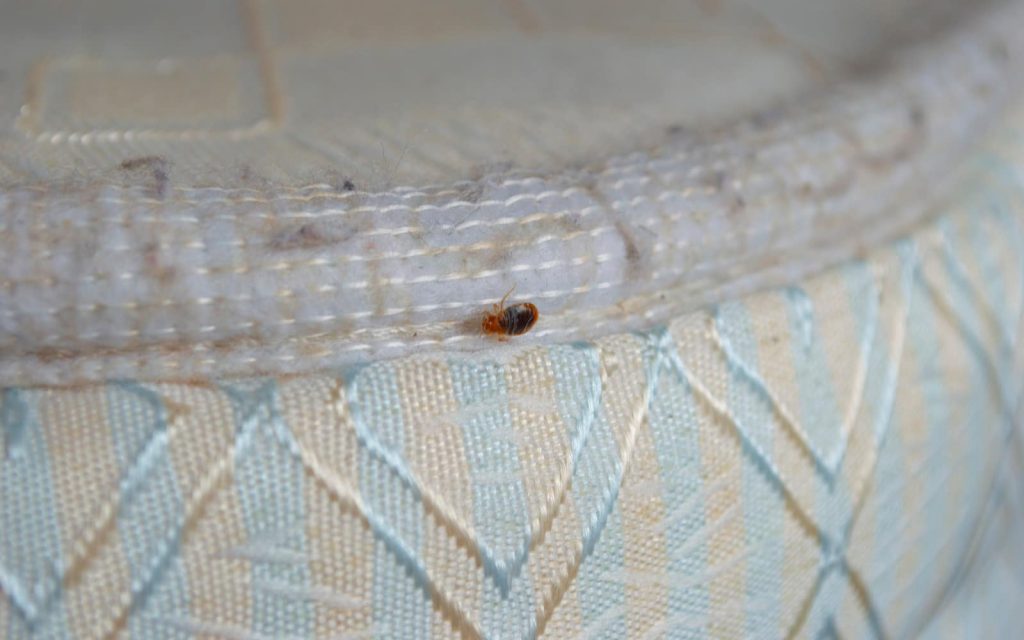As a homeowner, the last thing I want to worry about is bed bugs. But how far can bed bugs jump? I recently decided to take a deep dive into the research to uncover the truth behind these dreaded pests. In this article, I’ll be exploring the surprising distance bed bugs can jump and the implications for pest control.
Anatomy of a Bed Bug
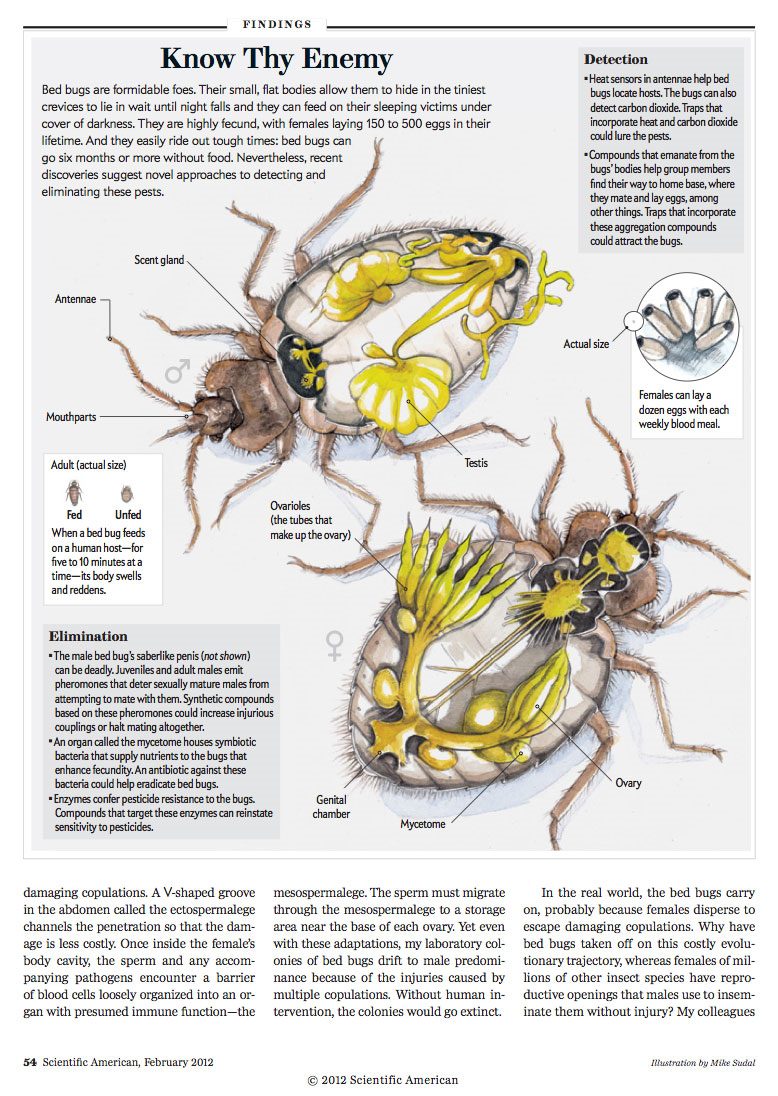
- My body is flat, reddish-brown, and oval in shape.
- I have six legs, two antennae and two wing pads.
- My wings are vestigial, meaning I cannot fly.
- I have a segmented body, with a head, thorax and abdomen.
- I have two compound eyes, used to detect light.
- I have piercing and sucking mouthparts, used to feed on blood.
- My antennae have receptors used to detect carbon dioxide.
- I have a pair of sensory bristles on my head, used to detect movement.
- My body is covered in a protective wax-like substance.
Types of Bed Bugs
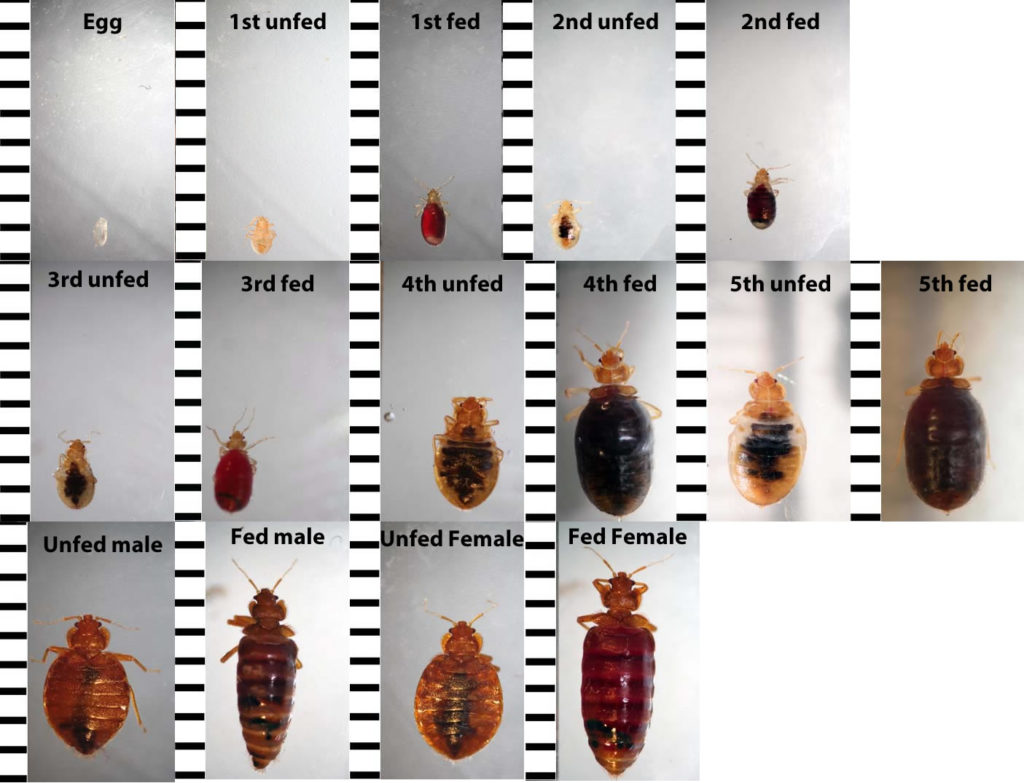
Bed bugs come in several varieties, but the most common is the Cimex lectularius, also known as the common bed bug. These pests are small, flattened, and reddish-brown in color and are most often found in mattresses, box springs, and bed frames. They feed on the blood of humans and other warm-blooded animals, including cats and dogs.
Other species of bed bugs include the tropical bed bug, the bat bug, and the swallow bug. The tropical bed bug is similar in appearance to the common bed bug, but has a slightly different habitat. It is found in tropical and subtropical regions, particularly in the Caribbean and South America.
The bat bug and swallow bug both have a more oval-shaped body and are typically found in the nests of bats and swallows, respectively. They can also feed on human blood, but it is more common for them to feed on their respective hosts.
| Species | Appearance | Habitat |
|---|---|---|
| Cimex lectularius (Common Bed Bug) | Small, flattened and reddish-brown in color | Mattresses, box springs, and bed frames |
| Tropical Bed Bug | Similar in appearance to common bed bug | Tropical and subtropical regions (Caribbean and South America) |
| Bat Bug | More oval-shaped body | Nests of bats |
| Swallow Bug | More oval-shaped body | Nests of swallows |
These pests are difficult to spot, as they tend to hide in tight spaces, such as cracks and crevices. They are also nocturnal, meaning they are most active at night. As such, the best way to prevent a bed bug infestation is to regularly inspect for these pests and take the necessary steps to address any infestations as soon as possible.
Bed Bug Jumping Ability
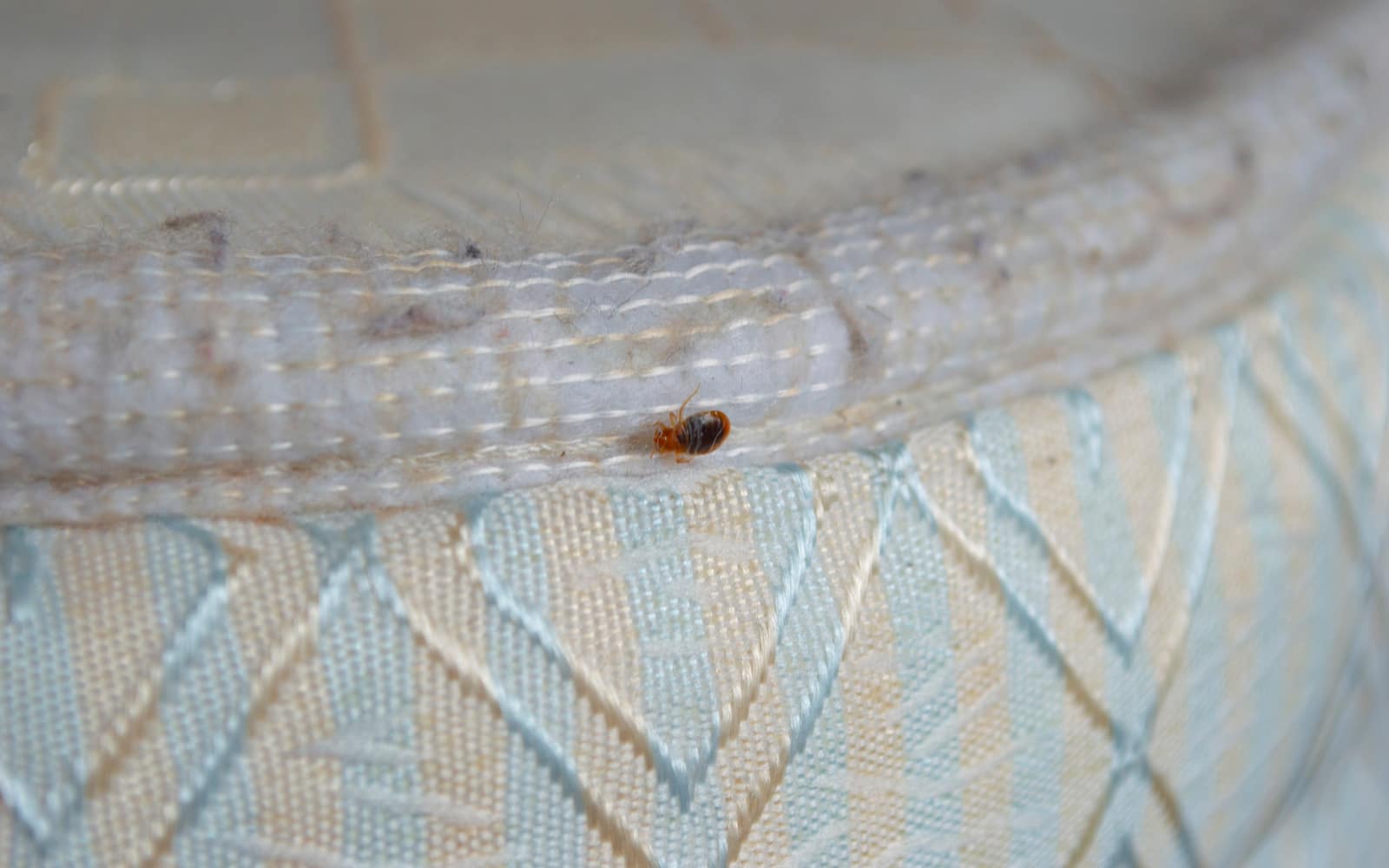
Bed bugs have an impressive jumping ability that allows them to move quickly and easily over short distances. They are capable of jumping up to two feet in a single jump and can cover up to five feet in a few short jumps. This makes them difficult to trap or catch and allows them to quickly escape from any potential danger.
| Type of Jump | Distance |
|---|---|
| Single Jump | Up to 2 feet |
| Multiple Jumps | Up to 5 feet |
Bed bugs can also climb walls and ceilings, thanks to their specialized feet and claws. They are capable of clinging to various surfaces, including wood and plastic. This helps them to move around quickly and find new hiding spots or sources of food.
Factors that Affect Bed Bug Jumping Distance
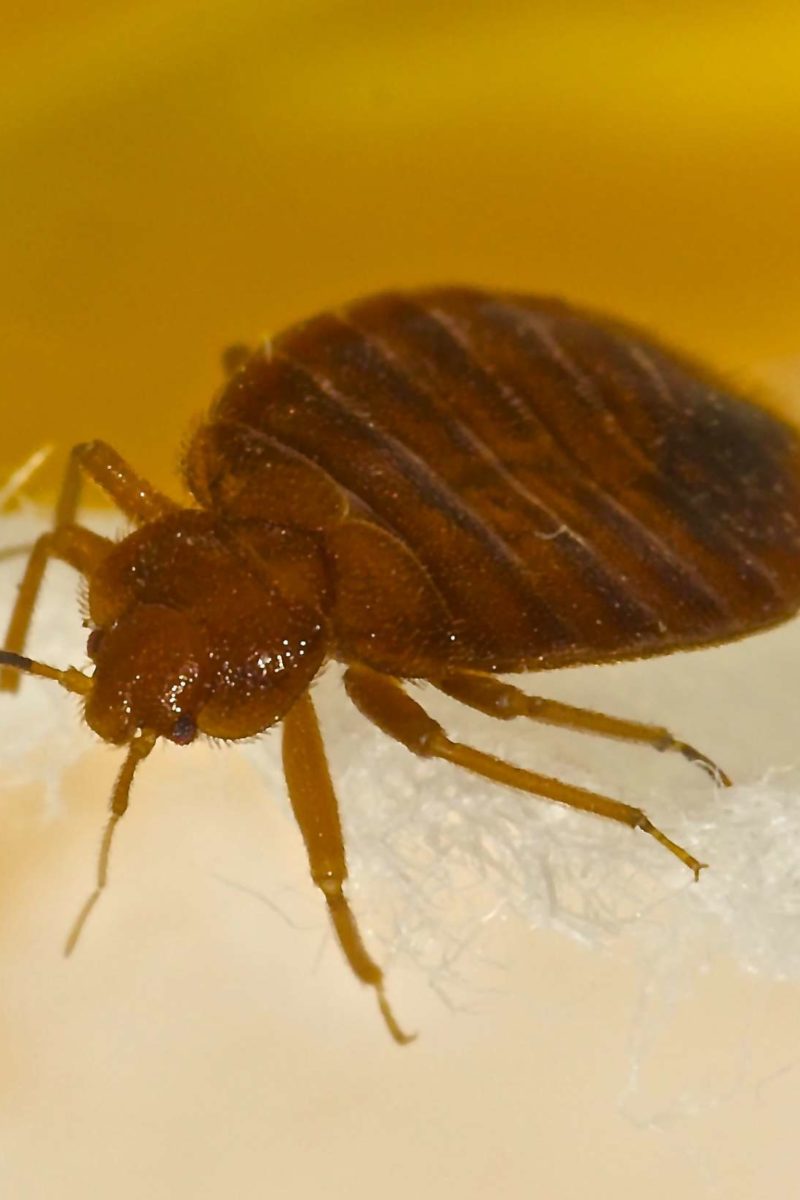
- Temperature: Temperature has a significant impact on bed bug jumping distance. Generally, bed bugs can jump further in warmer temperatures as higher temperatures provide them with more energy.
- Moisture: Moisture is an important factor when it comes to bed bug jumping distance. Bed bugs are able to jump further in drier conditions as they can maintain their balance more efficiently in drier air.
- Surface: The surface on which the bed bug is jumping also affects the distance it can travel. Bed bugs can jump further when jumping on a smooth surface such as tile or linoleum than they can on a rough surface such as carpet.
- Age: Age also affects bed bug jumping distance. Older bed bugs have more difficulty jumping than younger bed bugs as their muscles and joints tend to be weaker.
- Size: The size of the bed bug also affects its jumping distance. Larger bed bugs are able to jump further than smaller ones due to their increased muscle strength.
Bed bugs are capable of jumping up to a few feet in ideal conditions, however their jumping distance can vary depending on several factors.
Expected Jumping Distance
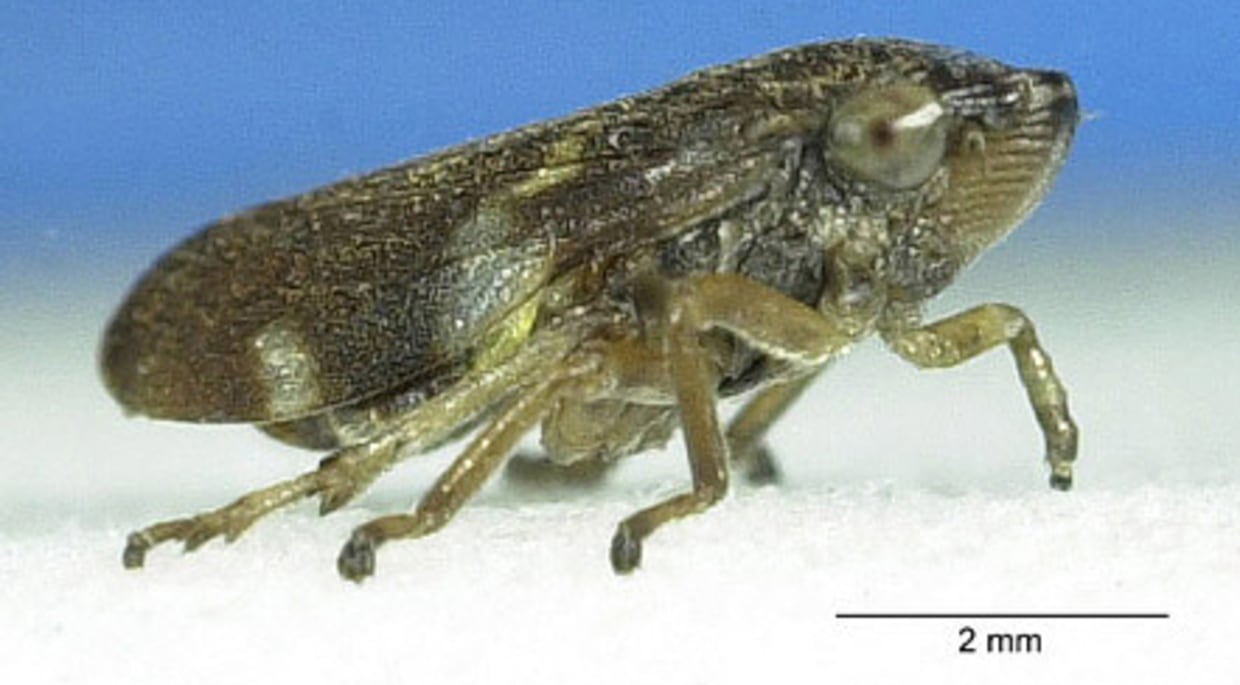
- Bed bugs can jump up to a distance of 4 inches.
- They can also climb walls and jump from one surface to another.
- When jumping from a higher surface, bed bugs can reach up to a distance of 8 inches.
- They can also cover a distance of 2 feet with a running start.
Impact of Bed Bug Jumping on Human Health
- Bed bugs can jump up to a distance of 6 inches, which can make it very difficult to avoid them.
- The presence of bed bugs in a home can cause physical and psychological distress to those living there.
- The bites of bed bugs can cause itchy and painful welts on the skin.
- Bites from bed bugs can also cause skin rashes and infections.
- In worst cases, bites from bed bugs can lead to allergic reactions, which can be life-threatening.
- The presence of bed bugs in a home can also cause anxiety, stress, and insomnia.
- Bed bugs can also spread diseases such as chagas disease, plague, and lymphatic filariasis.
- The presence of bed bugs can also cause financial losses due to the cost of extermination and other treatments.
Bed bugs can be a nuisance and a hazard to human health. Their jumping ability makes it harder to avoid them and their bites can cause skin irritation and infections. In some cases, they can even spread diseases and cause severe allergic reactions. Furthermore, the presence of bed bugs can lead to anxiety, stress, and insomnia. Additionally, it can cause financial losses due to the cost of extermination and other treatments.
Bed Bug Prevention
- Regularly inspect your home for signs of bed bugs, such as reddish-brown stains on sheets or mattresses, or small, dark-colored dots on walls.
- Vacuum your floors, furniture and bedding regularly.
- Reduce clutter in your home to make it easier to spot bed bugs.
- Use a protective cover on your mattress and box springs.
- Wash bedding, curtains and clothing in hot water.
- Seal cracks and crevices in your home to prevent bed bugs from entering.
- Inspect any second-hand furniture, mattresses or clothing before bringing them into your home.
- Check your luggage when returning from a trip to make sure you’re not bringing home any unwanted visitors.
Frequently Asked Questions
What is the surprising distance bed bugs can jump?
Bed bugs can jump up to 7 inches, which is surprising considering their small size. This is far enough for them to move from furniture to bedding, or between bedding items. They are known for their incredible agility and can even climb up bed frames and walls. They can also crawl quickly and easily move between cracks and crevices.
What is the truth behind bed bugs jumping abilities?
Bed bugs do not have the ability to jump, but they are more than capable of climbing up walls and furniture in order to reach their target. They can climb up to a height of 7 feet and cling onto surfaces with their claws. This means that bed bugs can access even the highest spots in a room. Bed bugs have also been known to crawl up to their target through small cracks in furniture or walls.
How do bed bugs use their jumping abilities?
Bed bugs use their jumping abilities to quickly move from one place to another. They use their jumping abilities to escape from predators or to reach a new food source. Bed bugs can also use their jumping abilities to quickly hide in small crevices or tight spaces. This ability helps them to remain undetected and survive in the environment.
What factors influence how far bed bugs can jump?
Bed bugs can jump up to around three feet, but their distance can be affected by several factors including their size, age, and temperature. Larger bed bugs tend to be able to jump farther than smaller ones, while younger bed bugs are usually more active and can jump farther than older bugs. Additionally, higher temperatures can make bed bugs more active, leading to greater jumping ability.
How can you protect yourself from Bed Bug Jumping?
To protect yourself from bed bug jumping, start by inspecting any second-hand furniture before bringing it into the home, as bed bugs can live in furniture. Vacuuming and steam cleaning any furniture and carpets regularly is also recommended. Be sure to wash any bedding and clothing in hot water and dry at a high temperature. Place mattress and box spring encasements on your bed to help prevent bed bugs from entering or exiting your bed. Inspect any hotel rooms for signs of bed bugs, such as dark spots on the mattress, and avoid placing your suitcase on the bed or floor.
Conclusion
Bed bugs can jump up to a few inches, but their jumping abilities are limited by their tiny bodies. In fact, bed bugs are much more likely to crawl than jump. Even if a bed bug can jump, it is unlikely to reach a person in bed. To prevent a bed bug infestation, it is best to take preventive measures such as regular vacuuming, washing bedding, and applying a bed bug repellent. Finally, it is important to recognize the signs of a bed bug infestation, such as dark spots on sheets, and seek professional help quickly if needed.
